Solutions
Products
-
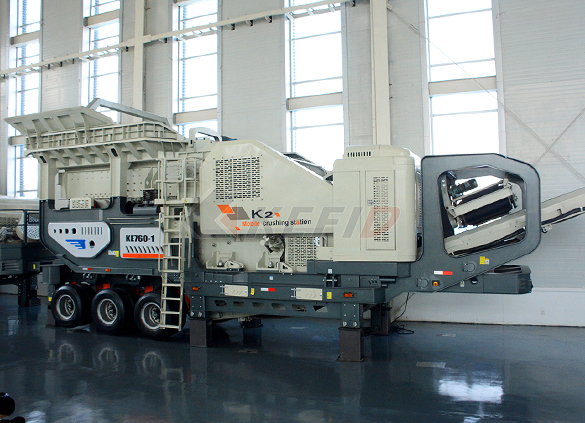
Primary mobile crushing plant
-
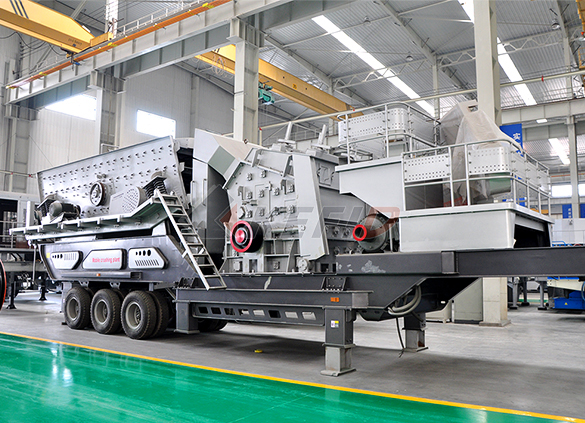
Independent operating combined mobile crushing station
-
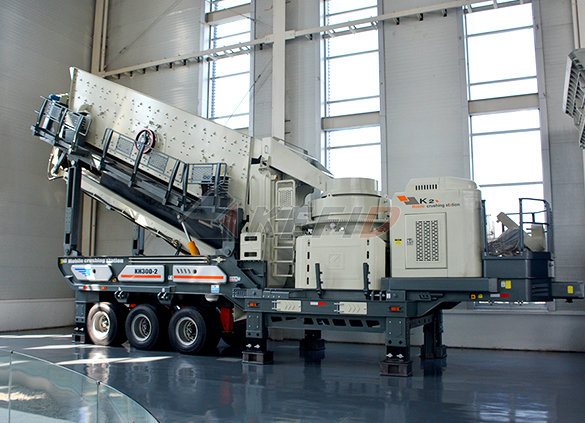
Mobile secondary crushing plant
-
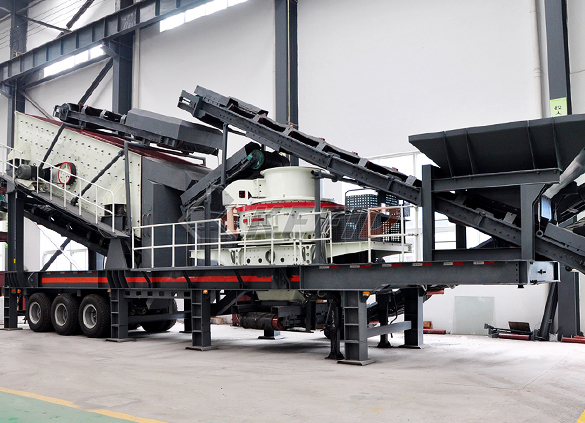
Fine crushing and screening mobile station
-
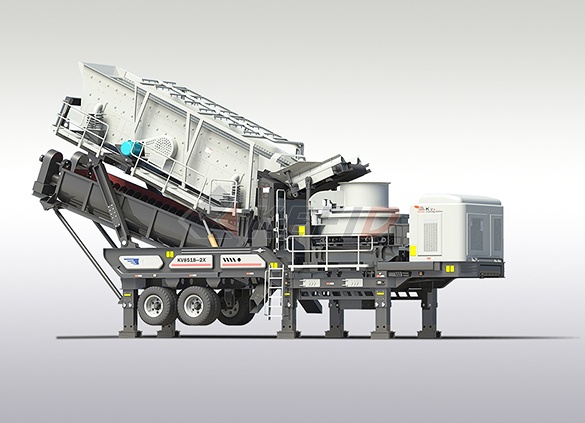
Fine crushing & washing mobile station
-
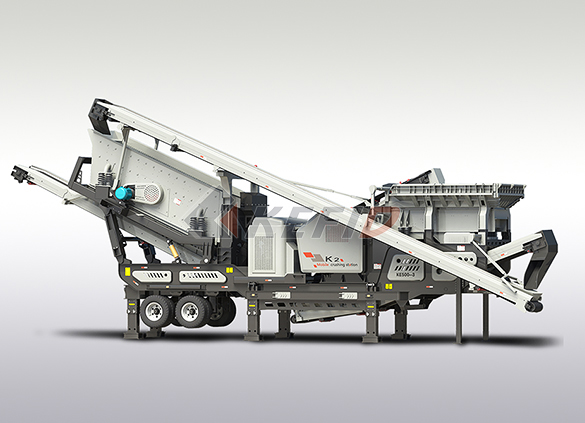
Three combinations mobile crushing plant
-
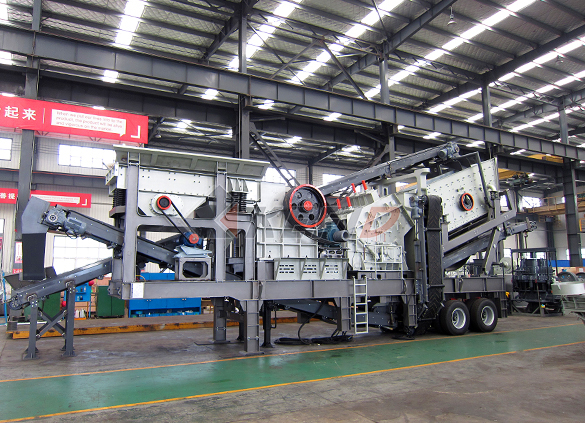
Four combinations mobile crushing plant
-
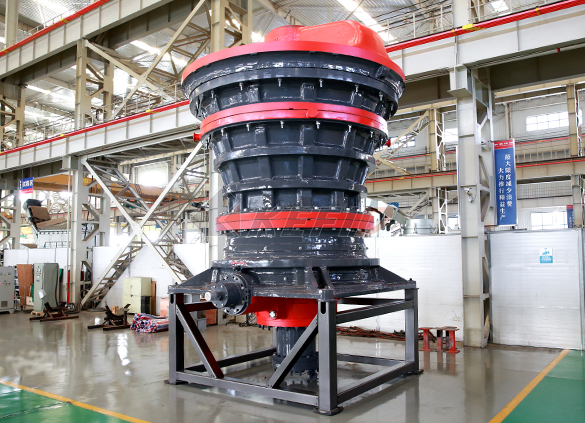
HGT gyratory crusher
-
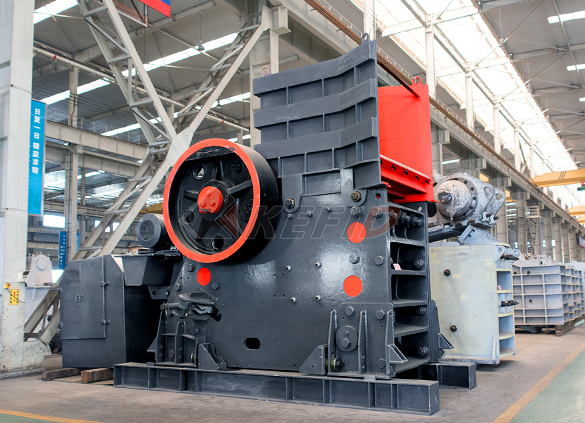
C6X series jaw crusher
-
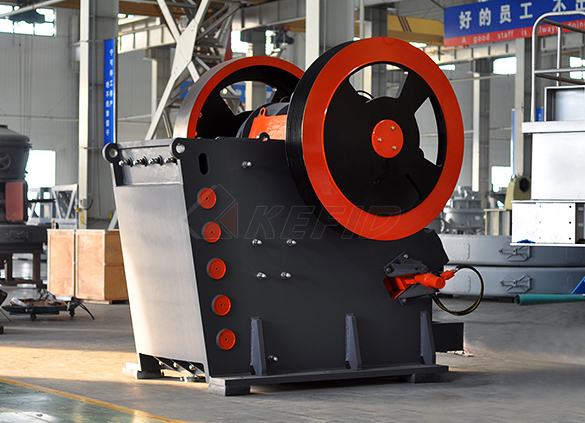
JC series jaw crusher
-
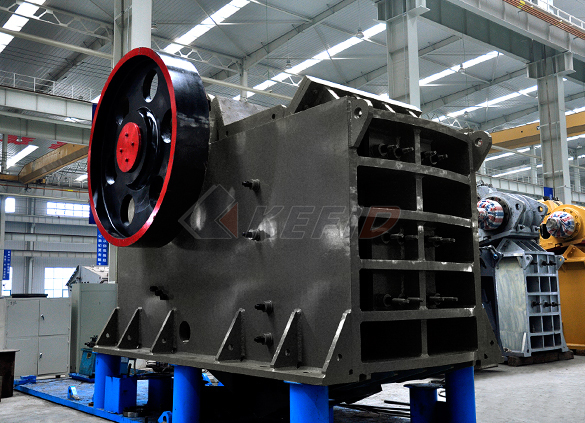
Jaw crusher
-
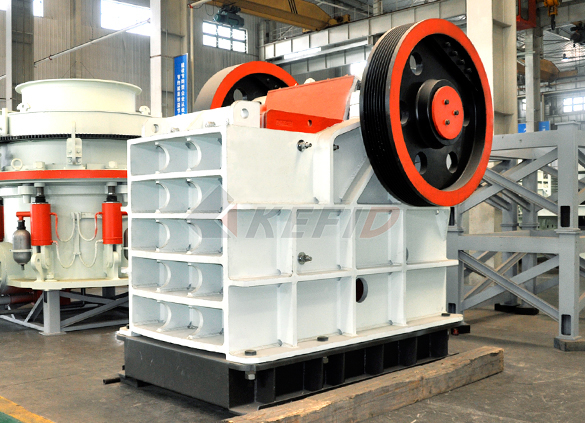
HJ series jaw crusher
-
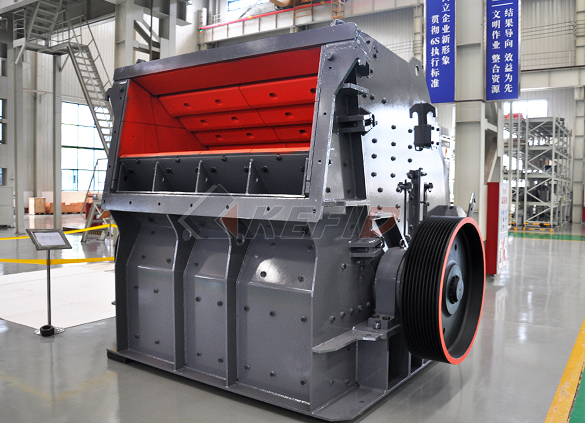
CI5X series impact crusher
-
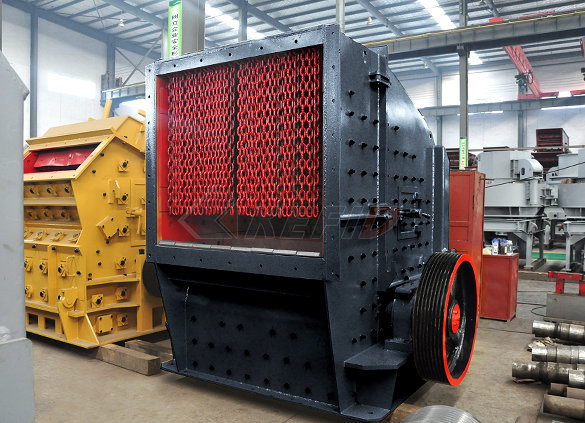
Primary impact crusher
-
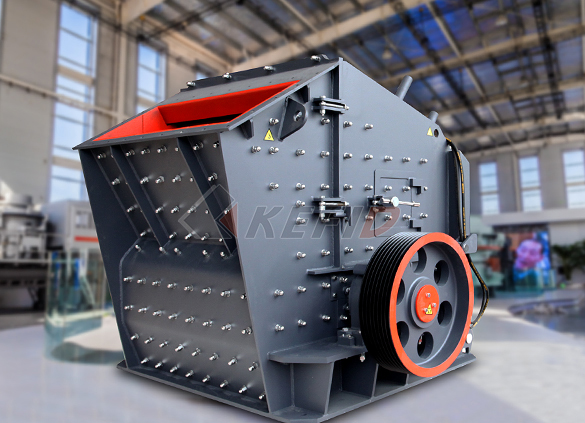
Secondary impact crusher
-
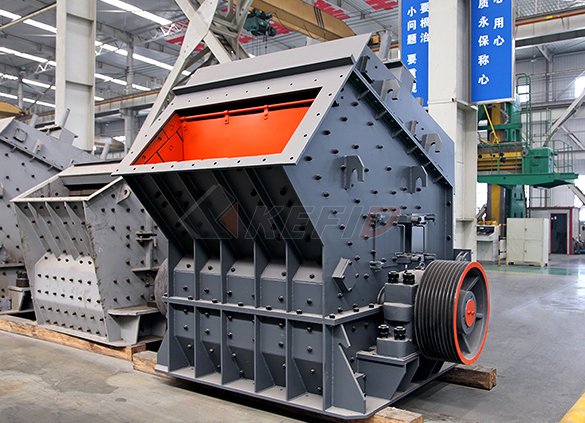
Impact crusher
-
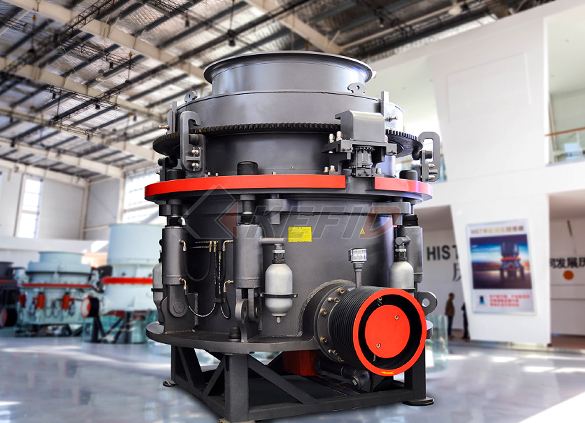
HPT series hydraulic cone crusher
-
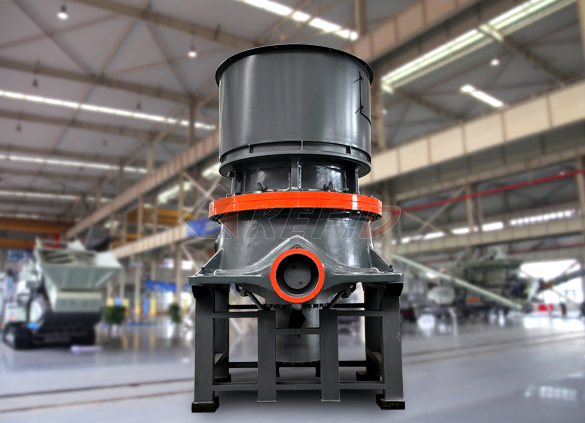
HST hydraulic cone crusher
-
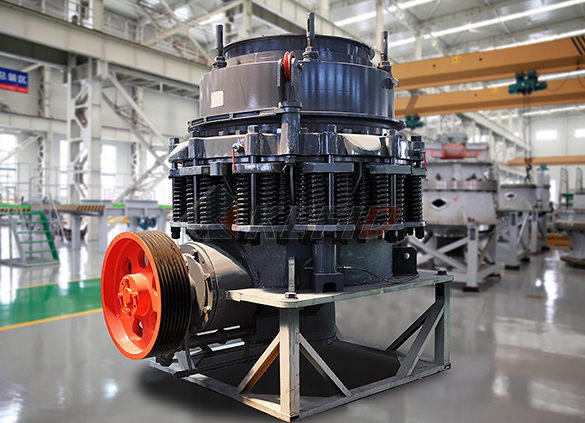
CS cone crusher
-
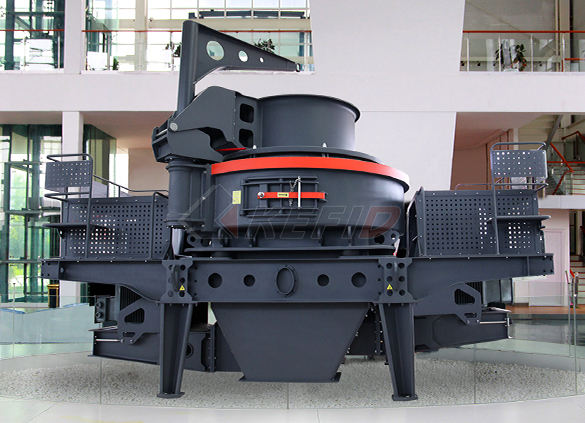
VSI6S vertical shaft impact crusher
-
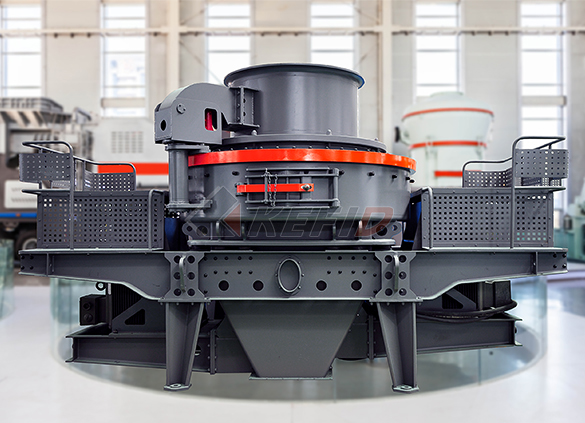
Deep rotor vsi crusher
-
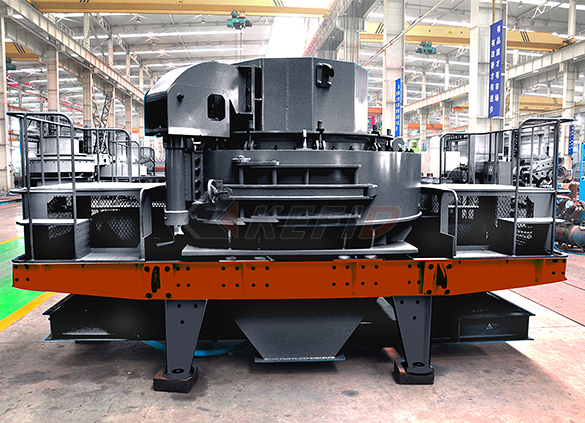
B series vsi crusher
-
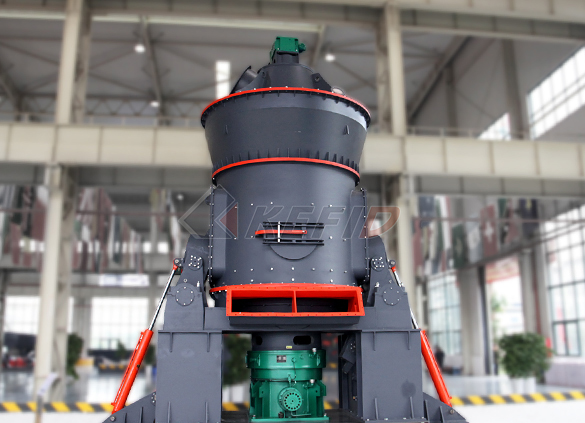
Vertical grinding mill
-
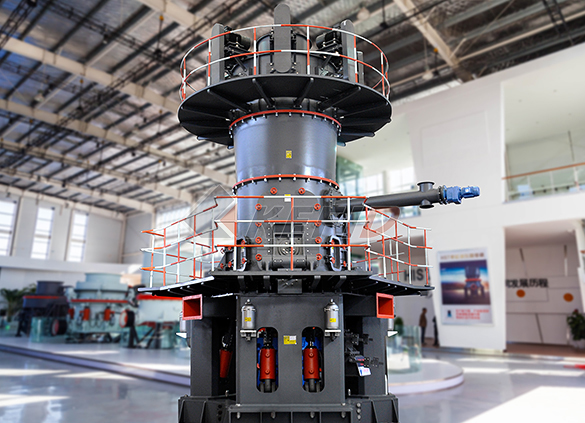
Ultra fine vertical grinding mill
-
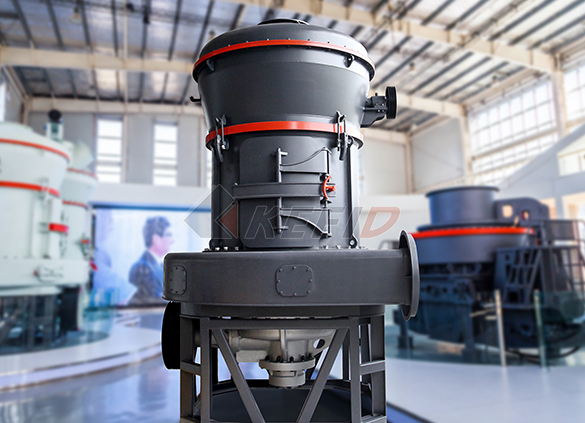
MTW european grinding mill
-
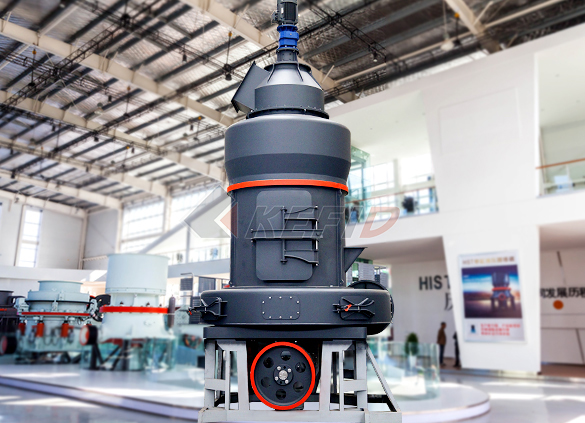
MB5X158 pendulum suspension grinding mill
-
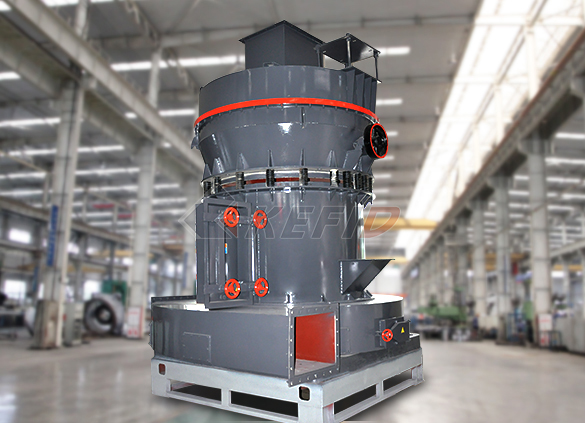
Trapezium mill
-
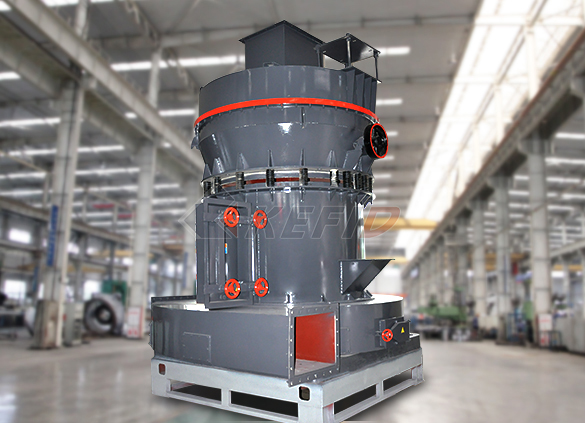
T130X super-fine grinding mill
-
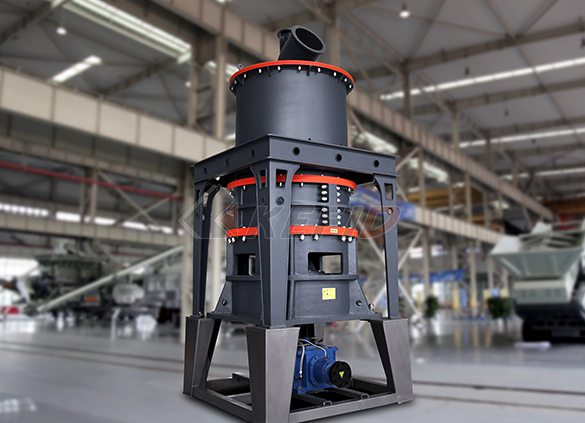
Micro powder mill
-
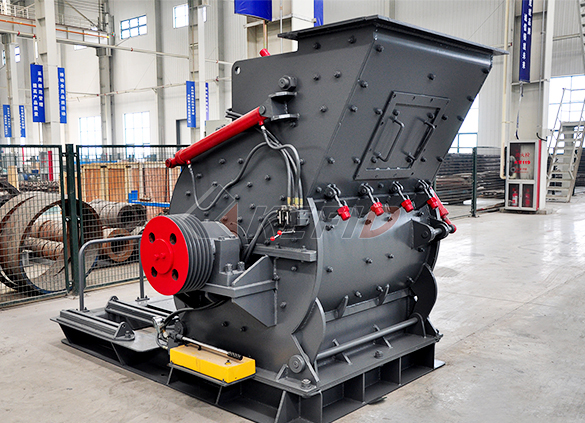
European hammer mill
-
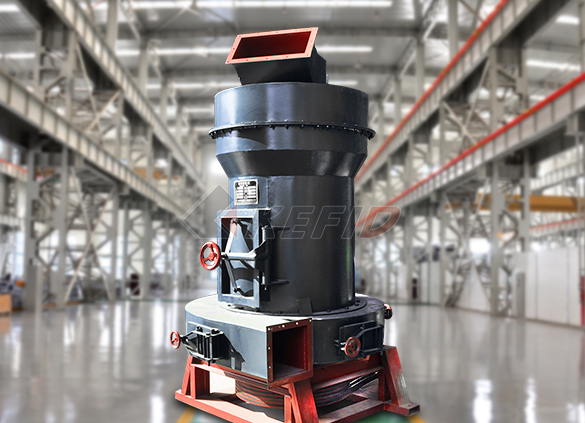
Raymond mill
-

Ball mill
-

GF series feeder
-
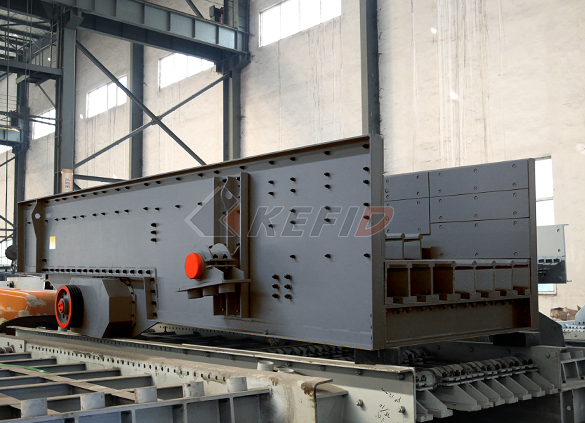
FH heavy vibrating feeder
-
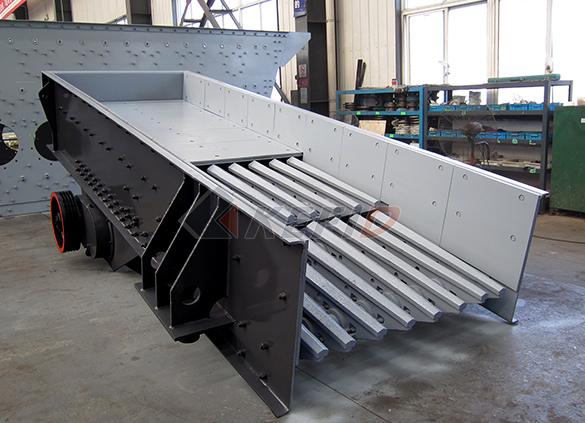
TSW series vibrating feeder
-
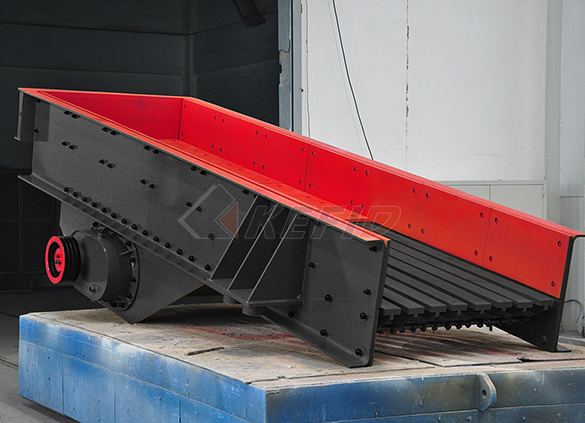
Vibrating feeder
-

Vibrating screen
-
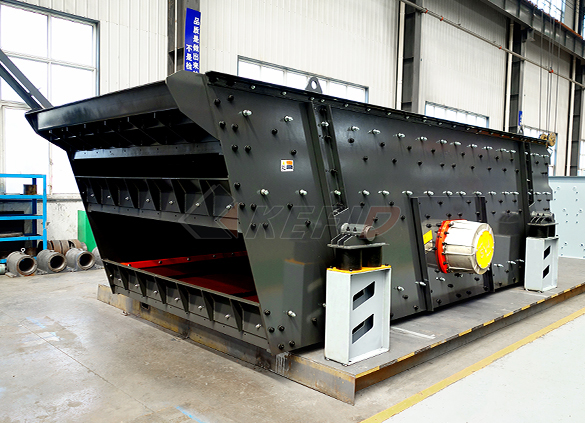
S5X vibrating screen
-

Belt conveyor
-
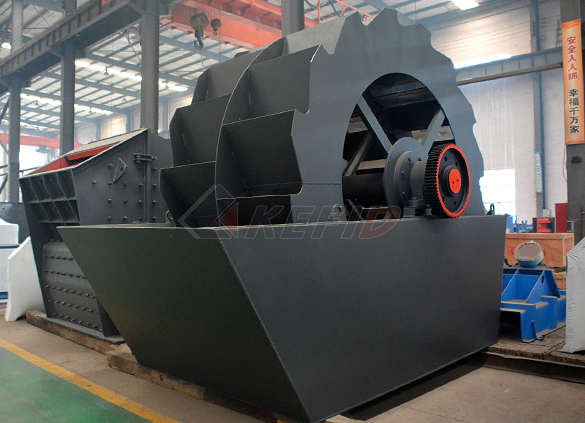
Wheel sand washing machine
-
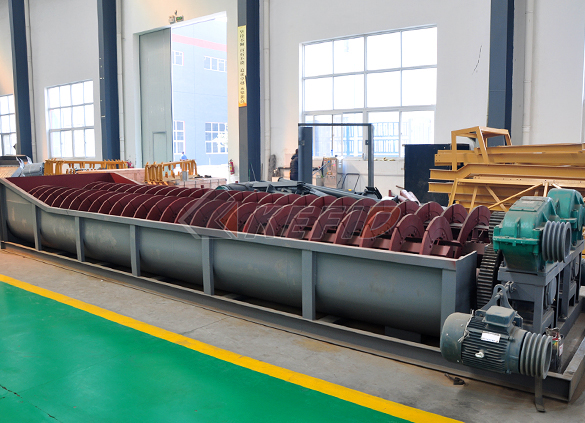
Screw sand washing machine
-
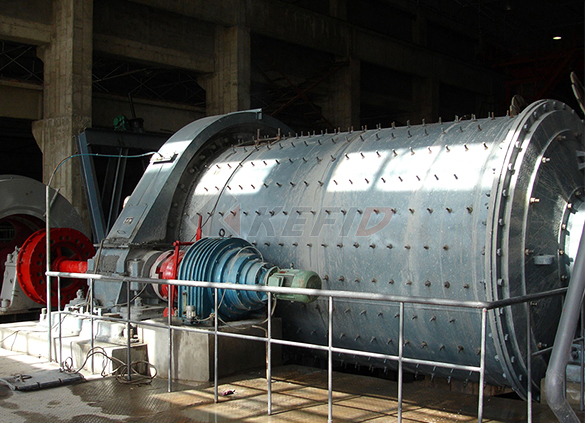
Rod mill
-

Dryer
-
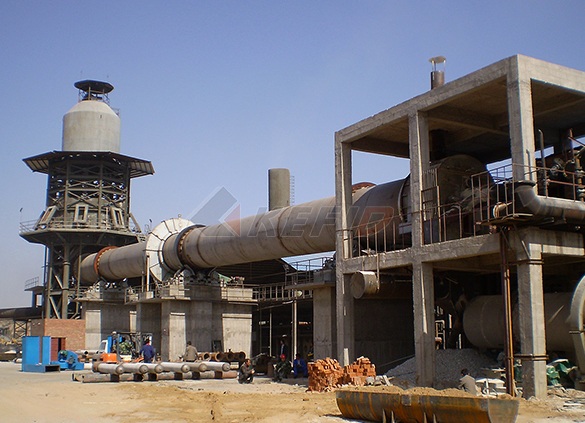
Rotary kiln
-
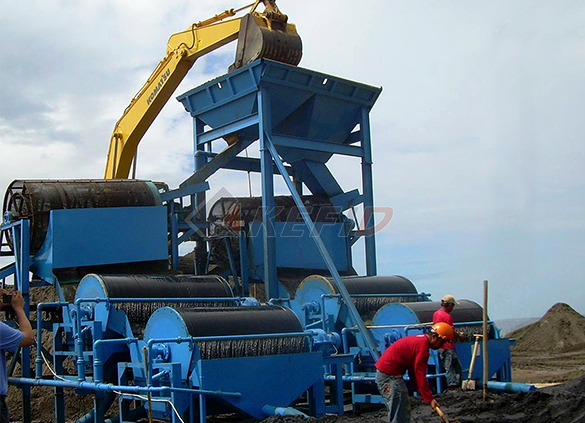
Wet magnetic separator
-
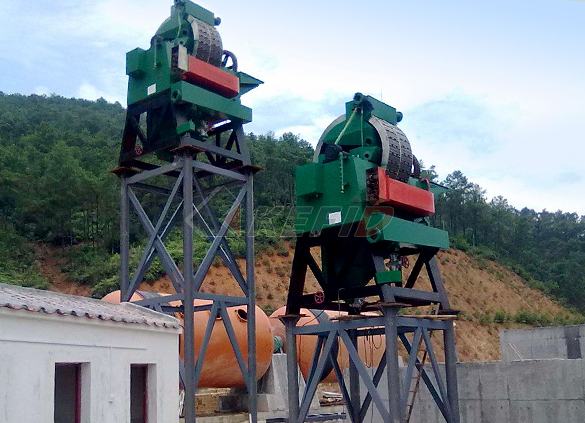
High gradient magnetic separator
-
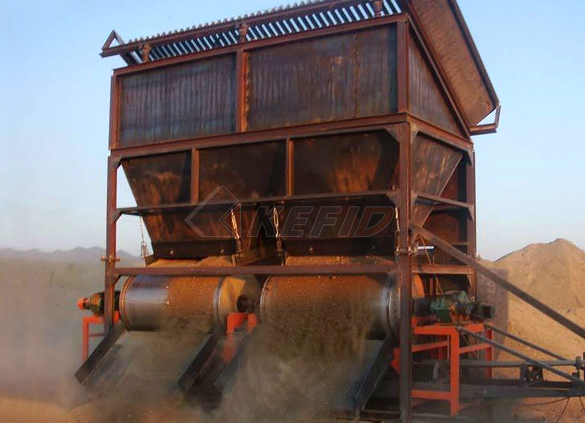
Dry magnetic separator
-
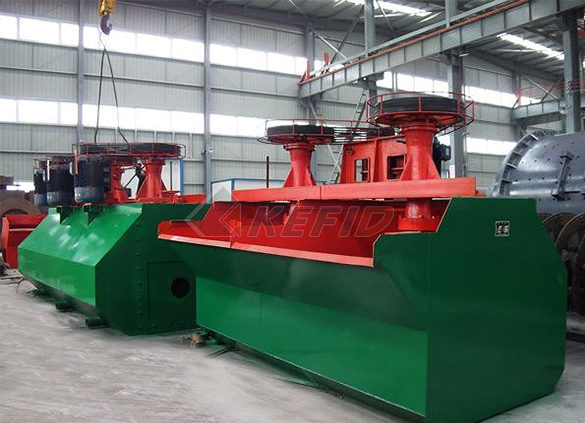
Flotation machine
-
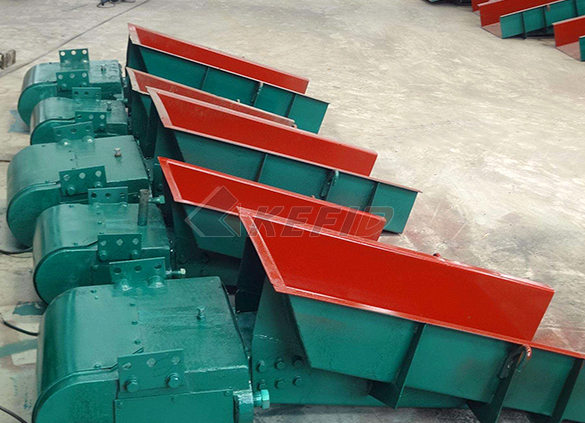
Electromagnetic vibrating feeder
-
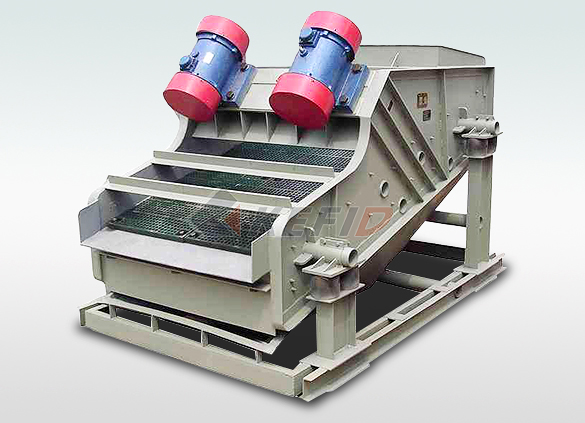
High frequency screen

Wetland Bird Response to Habitat Composition and
The Delta of Paraná River is one of the largest wetland ecosystems in South America undergoing rapid conversion of freshwater marshes to pastures We Wetland ecosystems maintain a fragile balance between soil, water, plant, microbial, and atmospheric processes, which regulates water flow and water quality (Reddy and Delaune, 2008) Even minor gradients (naturally or anthropogenically induced) in hydrological and climatic parameters (eg, wetting and drying, flooding, freezing and thawing, groundwatersurface water interactions, etc) can Frontiers Editorial: Wetland Biogeochemistry: Response 2010 by the Ecological Society of America Wetland response to sedimentation and nitrogen loading: diversification and inhibition of nitrogenfixing microbes S M MOSEMANVALTIERRA, 1,4 K ARMAIZNOLLA,2 AND L A LEVIN 3 1Boston College, Biology Department, 140 Commonwealth Avenue, Chestnut Hill, Massachusetts 02467 USAWetland response to sedimentation and nitrogen loading

MEDIA ALERT: OVERWHELMING RESPONSE America's Wetland
Registration Closed Due to Unprecedented Response WHAT: VOLUNTEERS TO HELP RESTORE HISTORIC CYPRESS FOREST The America’s WETLAND Foundation (AWF), BHP, and RES in cooperation with eRotary Coastal Club and Louisiana Department of Wildlife and Fisheries (LDWF) are hosting a group of volunteers to plant 1,000 Bald Cypress trees at the PointeAuxChenes Wildlife As continental population estimates of northern pintail have been below the North American Waterfowl Management Plan goal since 1976 (56 million; Zimpfer et al, 2012), it is noteworthy to observe such response to wetland restoration Mallard, the most numerous duck species in North America, comprised 35% of total waterbird usedays at the nearby south pool of CNWR during our Waterbird response indicates floodplain wetland hydrologic response of natural or mined wetlands, mineral soil uplands, or a combination of the land classes The natural wetland model utilizes a twolayer soil system, analogous to the periodically aerated upper soil layer (acrotelm) and the anaer obic, permanently saturated organic layer (catotelm) TheModeling the rainfallrunoff response of a headwater

US Pacific coastal wetland resilience and vulnerability
Wetland habitat response to SLR will have implications for restoration design but will be realized differently within each estuary based on current conditions and the The costs of this increase in area would be approximately 33 billion US dollars annually across the USA—nearly twice the cost of wetland restoration on nonagricultural, undeveloped land—but Maximizing US nitrate removal through wetland protection Drainage for agriculture has been the primary cause of wetland loss to date, and as of 1985, it was estimated that 26% of the global wetland area had been drained for intensive agriculture Of the available wetland area, 56% to 65% was drained in Europe and North America, 27% in Asia, 6% in South America, and 2% in Africa Water diversions in WETLAND RESOURCES: Status, Trends, Ecosystem Services,

Response of Black Ash Wetland Gaseous Soil Carbon
The response of water tables and soil temperatures to an EABinduced disturbance in black ash (Fraxinus nigra Marsh) wetlands will likely alter CH4 production processes, and ultimately the amount of CH4 emitted from the soil surface This study examines the relationship between, and the coupled response of, water table, soil 2010 by the Ecological Society of America Wetland response to sedimentation and nitrogen loading: diversification and inhibition of nitrogenfixing microbes S M MOSEMANVALTIERRA, 1,4 K ARMAIZNOLLA,2 AND L A LEVIN 3 1Boston College, Biology Department, 140 Commonwealth Avenue, Chestnut Hill, Massachusetts 02467 USAWetland response to sedimentation and nitrogen loading Thus, longterm declines in nitrogen fixation rates in response to increasingly frequent nutrient loading and sedimentation may potentially alter nitrogen sources for vascular plants as well as trophic pathways in wetland ecosystems Journal Ecological Applications – Ecological Society of America Published: Sep 1, 2010Wetland response to sedimentation and nitrogen
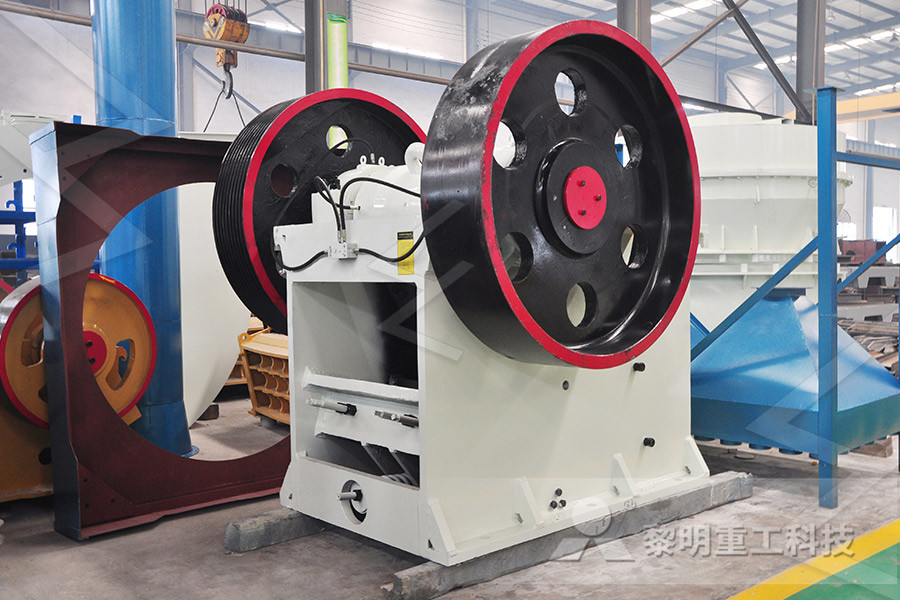
Response of aquatic macroinvertebrate density and
Freshwater wetlands in temperate regions of eastern North America are often managed with a goal of producing a 1:1 ratio of open water to vegetated area (hereafter, halfvegetated wetland) because this ratio often results in greatest bird use and diversity (Weller and Spatcher, 1965, Weller and Fredrickson, 1973, Bishop et al, 1979, Murkin et Article Response of Black Ash Wetland Gaseous Soil Carbon Fluxes to a Simulated Emerald Ash Borer Infestation Matthew Van Grinsven 1,2,* ID, Joseph Shannon 2 ID, Nicholas Bolton 2, Joshua Davis 2 ID, Nam Jin Noh 2,3 ID, Joseph Wagenbrenner 2,4, Randall Kolka 5 and Thomas Pypker 6 1 Department of Earth, Environmental and Geographical Sciences, Northern Michigan University, Response of Black Ash Wetland Gaseous Soil Carbon Wetland ecosystems maintain a fragile balance between soil, water, plant, microbial, and atmospheric processes, which regulates water flow and water quality (Reddy and Delaune, 2008) Even minor gradients (naturally or anthropogenically induced) in hydrological and climatic parameters (eg, wetting and drying, flooding, freezing and thawing, groundwatersurface water interactions, etc) can Frontiers Editorial: Wetland Biogeochemistry:

Extensive wetland development in midlatitude North
Four machinelearning regression algorithms were adapted to explain the variance of wetland percentages (one response variable) by relative Drainage for agriculture has been the primary cause of wetland loss to date, and as of 1985, it was estimated that 26% of the global wetland area had been drained for intensive agriculture Of the available wetland area, 56% to 65% was drained in Europe and North America, 27% in Asia, 6% in South America, and 2% in Africa Water diversions in WETLAND RESOURCES: Status, Trends, Ecosystem Wetland Fire Scar Monitoring and Its Response to Changes of the Pantanal Wetland The overall accuracy and Kappa coefficient of the extracted results of wetland types reached 806% and 0767 (PDF) Wetland Fire Scar Monitoring and Its Response

Maximizing US nitrate removal through wetland
Analysis of US continental wetland inventory data combined with model simulations indicate that a spatially targeted 10% increase in wetland area could double wetland nitrogen removal We focused on examining the response of wild birds to wetland restoration in Dianchi Lake, southwest China The line transect method was performed at 26 sampling plots Three of these were in the city, and to acquire all wild bird data 23 plots were located every 2–8 km along the shore of Dianchi Lake, between December 2011 and November 2013Bird diversity and waterbird habitat preferences in Drainage for agriculture has been the primary cause of wetland loss to date, and as of 1985, it was estimated that 26% of the global wetland area had been drained for intensive agriculture Of the available wetland area, 56% to 65% was drained in Europe and North America, 27% in Asia, 6% in South America, and 2% in Africa Water diversions in WETLAND RESOURCES: Status, Trends, Ecosystem

America's WETLAND: Resource Center
America's WETLAND is the North American gateway to hundres of millions of Neotropical birds migrating to their nesting grounds each spring and back home each fall America's WETLAND is the largest and most threatened coastal wetland ecosystem in the continental United States America's WETLAND is 5727 square miles in size Analysis of US continental wetland inventory data combined with model simulations indicate that a spatially targeted 10% increase in wetland area could double wetland nitrogen removalMaximizing US nitrate removal through wetland Wetlands Mapper The Wetlands mapper is designed to deliver easytouse, map like views of America’s Wetland resources It integrates digital map data along with other resource information to produce current information on the status, extent, characteristics and functions of wetlands, riparian, and deepwater habitatsWetlands Mapper FWS

Terrestrial Wetlands Second State of the Carbon
The assessment of terrestrial wetland carbon stocks has improved greatly since the First State of the Carbon Cycle Report (CCSP 2007) because of recent national inventories and the development of a US soils database Terrestrial wetlands in North America encompass an estimated 22 million km 2, which constitutes about 37% of the global wetland area, with a soil and vegetation carbon pool of In the eastern temperate region of North America, treed headwater swamps are a familiar watershed feature These lowgradient wetlands commonly exist at groundwater discharge sites and represent a link between the underlying groundwater system and the surface drainage system In contrast to the extensive literature pertaining to the hydrologic modeling of agricultural and forest land classes Modeling the rainfallrunoff response of a headwater Introduction Wetland management typically aims to mimic historic water regimes to provide suitable habitats for native organisms that are adapted to hydrology prior to human alteration (Fredrickson and Taylor, 1982)Hydrology is considered one of the most important factors in the capacity to manage wetland vegetation and diversity (Ma et al, 2010); thus wetlands often have systems in place Response of aquatic macroinvertebrate density and
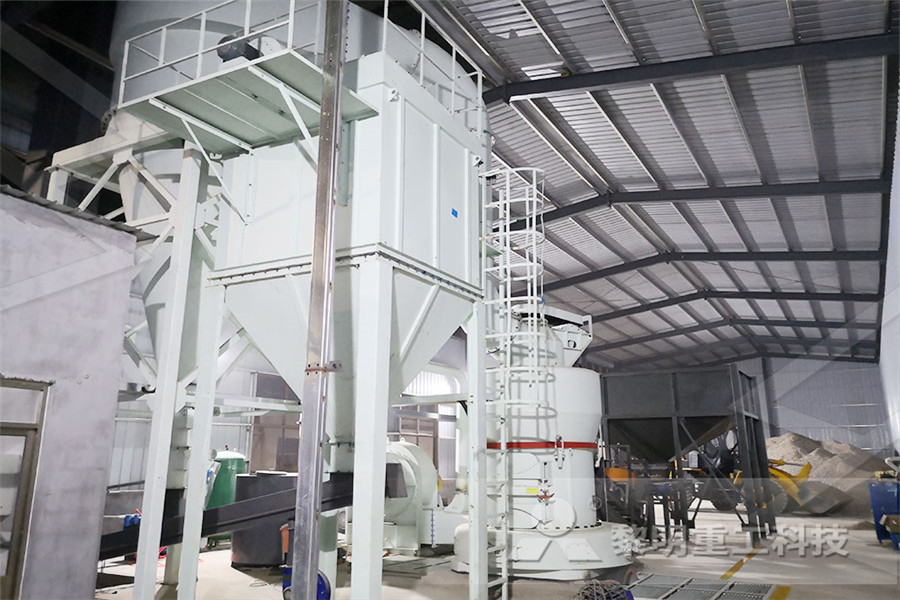
Wetland and Stream Mitigation: A Handbook for Land
Wetland and Stream Mitigation: A Handbook for Land Trusts Page 7 of 155 Primer on the Aquatic Resource Regulatory ProgramIntroduction 2 The federal wetland regulatory program – and its state counterparts – requires compensation for certain impacts to Zealand,as well as from North and South AmericaNo other book provides uptodate ecological syntheses over the entire geographical and habitat range of wetlands As such,Wetland Ecology is essential reading for anyone planning research or management in wetland habitats Paul Keddy is the Edward G Schlieder Professor for Environmental Studies atWetland Ecology Principles and Conservation Article Response of Black Ash Wetland Gaseous Soil Carbon Fluxes to a Simulated Emerald Ash Borer Infestation Matthew Van Grinsven 1,2,* ID, Joseph Shannon 2 ID, Nicholas Bolton 2, Joshua Davis 2 ID, Nam Jin Noh 2,3 ID, Joseph Wagenbrenner 2,4, Randall Kolka 5 and Thomas Pypker 6 1 Department of Earth, Environmental and Geographical Sciences, Northern Michigan University, Response of Black Ash Wetland Gaseous Soil Carbon